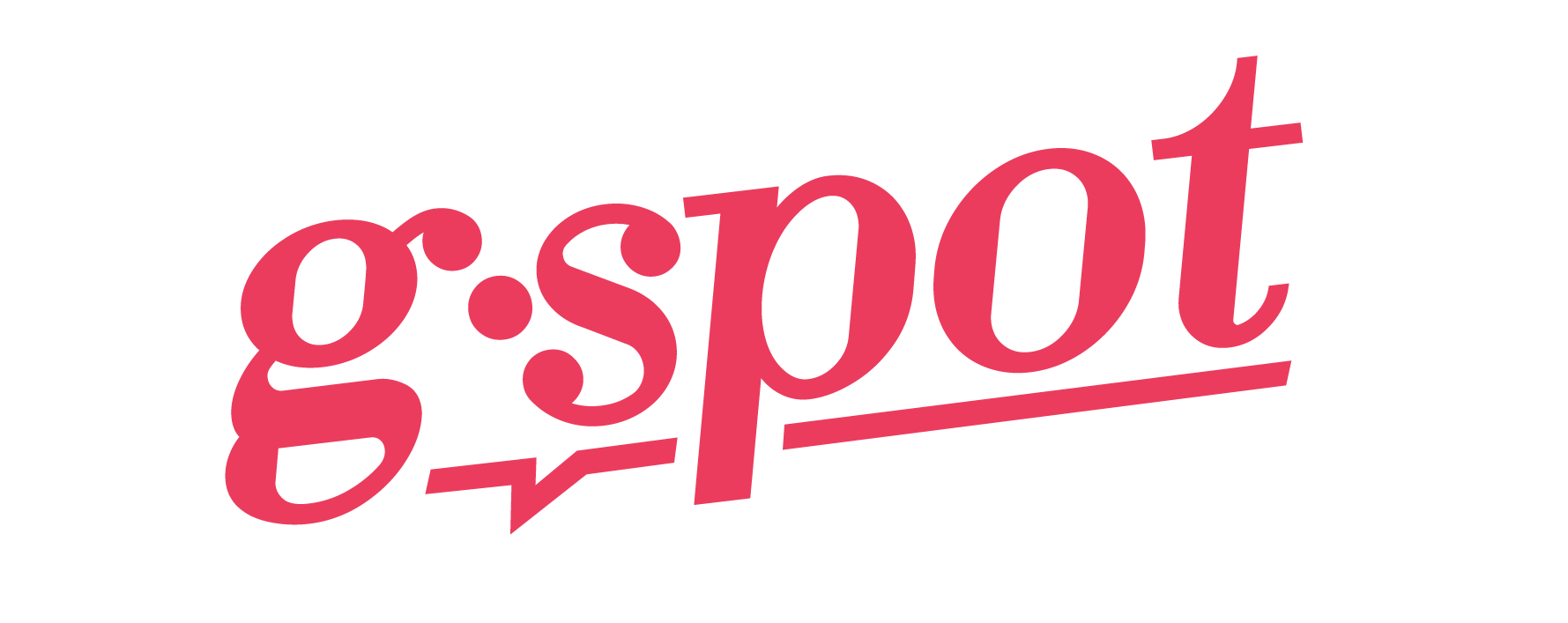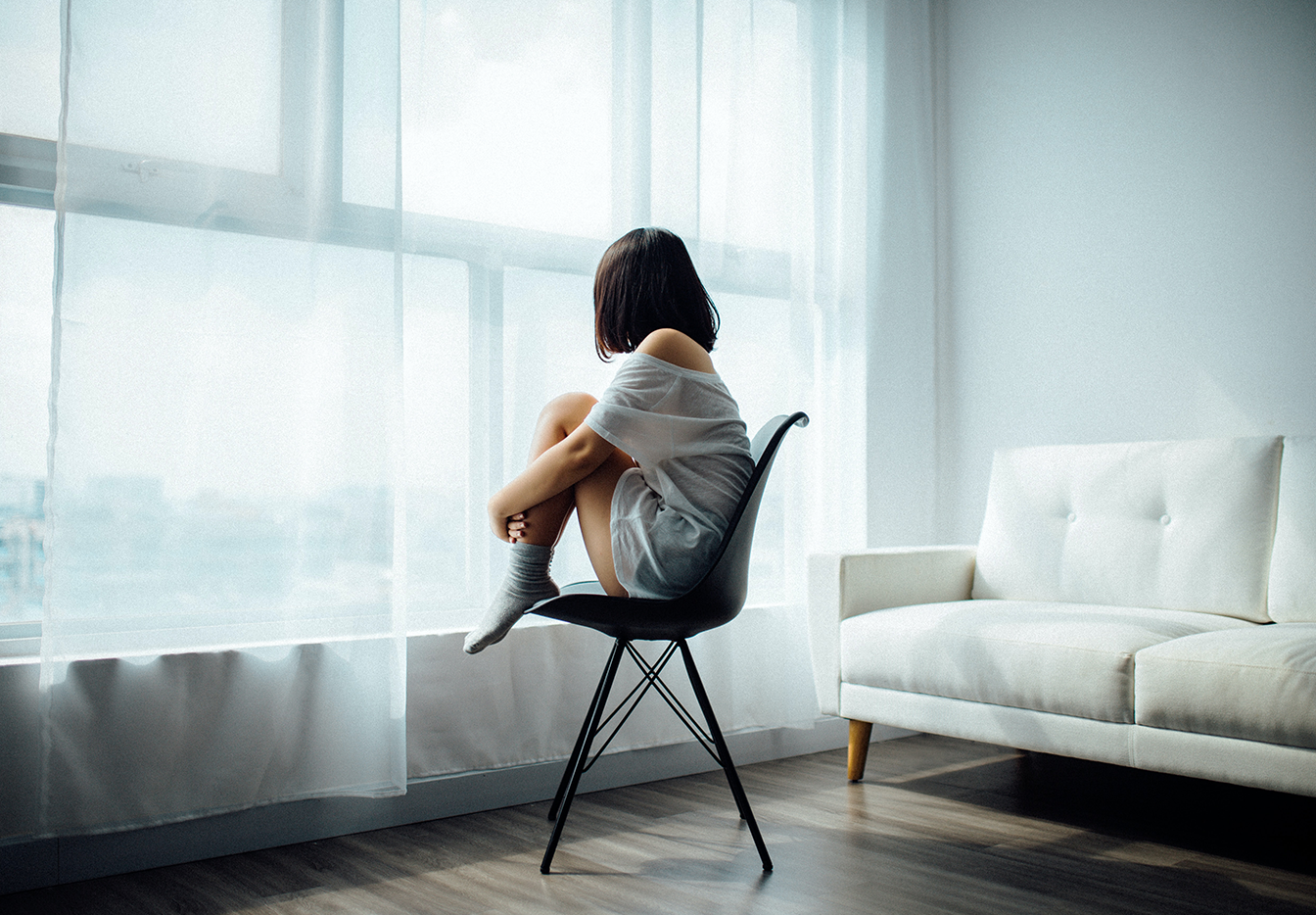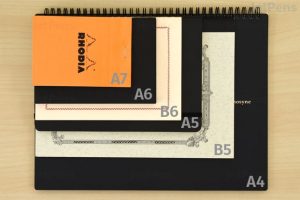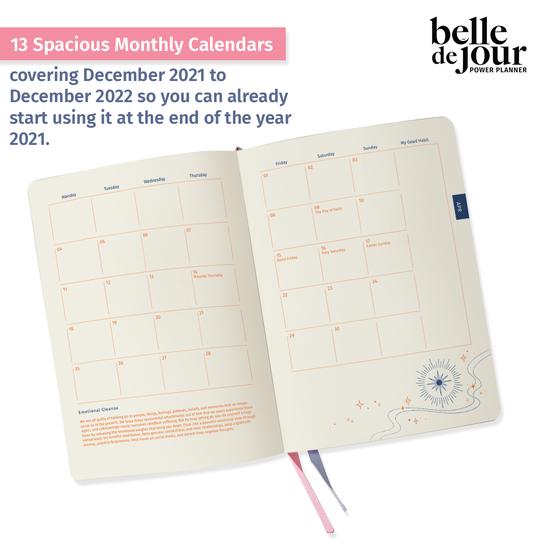There aren’t too many days left of 2021 (eek!) and some of us have started looking at our schedules beyond December. While many people opt to use Google Calendar or Outlook, there are those who still like to go analog. There’s that added mindfulness that comes with writing things down with pen and paper, not on a screen.
My planner is an extension of my brain. I work 50-60 hours a week for a Fortune 500 company, write for g.spot and a local newspaper and my own content, and actively participate in my Toastmasters club. I still need time for chores and errands, family and friends, and precious me time for exercise, reading, and Netflix. Since I’m the type who will keep looking for her sunglasses in her bag even though they are sitting on her head (…), there’s no way I can keep track of everything without my planner.
I have been using planners daily for over a decade now, and have discovered many layouts and features along the way. The best planner is the one that works best for how your mind works; otherwise, that planner you drank 18 coffees for may end up not getting used.
Size Matters
…when it comes to choosing a planner that is convenient to use. Do you do your planning at a desk with lots of space for a spread? Are you keeping track of a lot of things that require many details to be written down? Do you just like to write big? The B6 size may be best for you.
If you want one that you can easily tote around in a medium to small bag, and quickly jot things in, a pocket-size A7 is super handy. For something in between, standard-size notebooks or planners are usually A6.
Daily, Weekly, or Monthly?
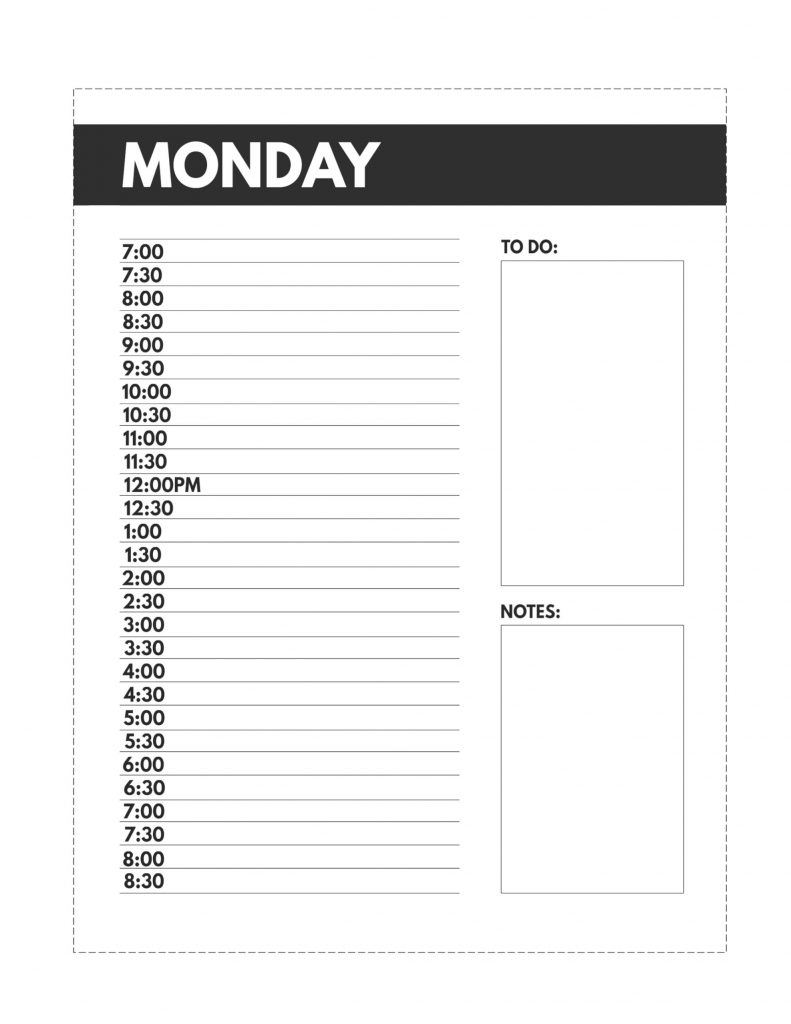
Daily Planner (Paper Trail Design) 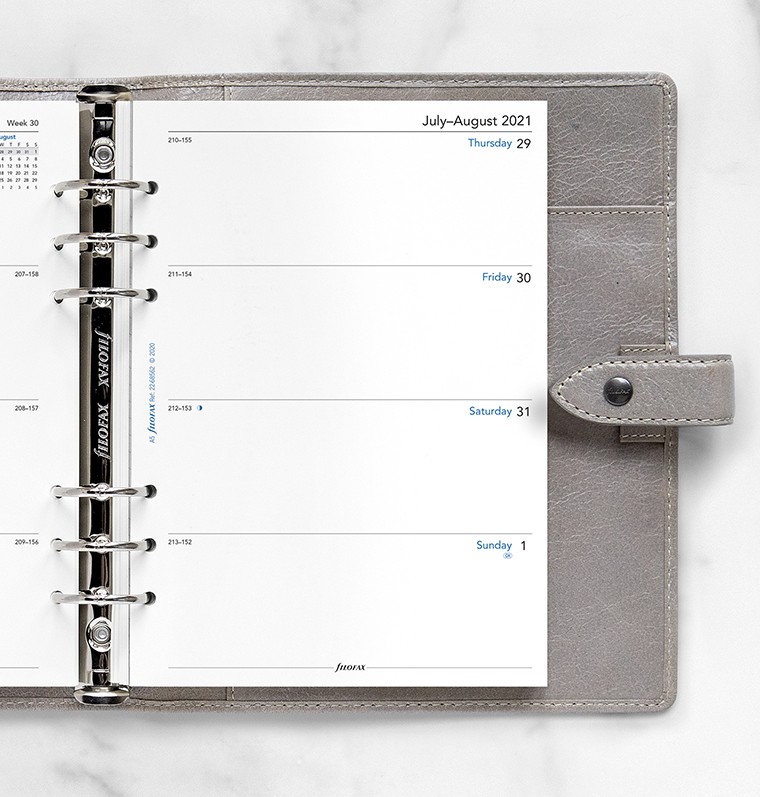
Weekly Planner (Filofax)
Daily pages are great for those who like to see exactly what they need to do at what hour, or if you like to time block instead of just keeping a to-do list.
Weekly spreads are great for those who like to have an overall glance between work/school and weekends.
If you want to have an overview of important events, the monthly spread can work for you. If you like big planners, you can also use the monthly spread layout to plot out what you do each day to achieve a certain goal.
I personally like using monthly spreads to track my workouts so that I can see if I exercised most days every month, and I’ll also mark the days my period started and ended.
Best Laid Plans
Next is to consider which layout works best for your brain: horizontal, vertical, or dashboard?
Horizontal
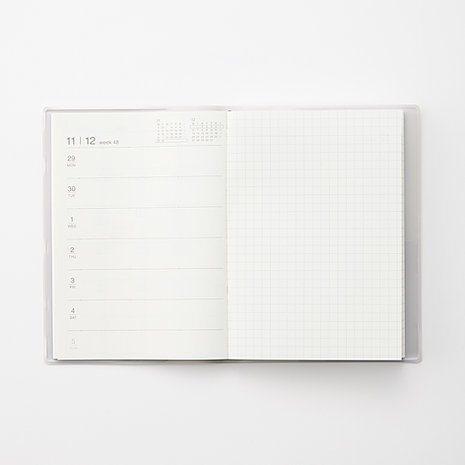
Horizontal layouts often have one week on the left page and a blank page on the right. This is great for when you just want to note a few things a day or want to write a few daily lines for a gratitude journal. You can use the opposite blank page to decorate with stickers, doodles, or simply take notes.
Vertical layouts

This vertical week on two pages layout has been the most functional for me, since I can anticipate how busy the week is going to be, where my focus needs to be at certain hours, and when I have free time for errands or fun things. With two pages, I have enough room to see all of my meetings and what absolutely needs to get done that week, while still having space on the rest of the page to write down whatever else.
Dashboard layouts
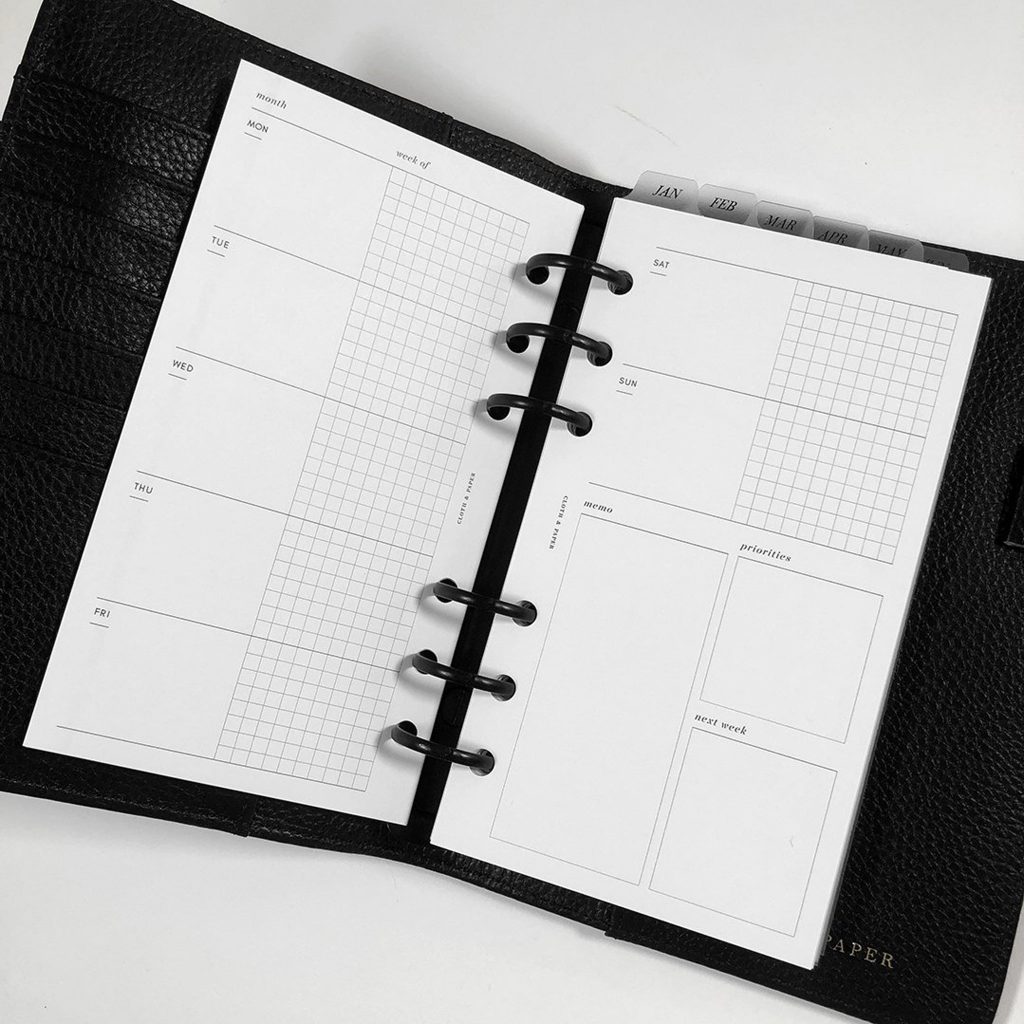
Dashboard layouts are great for those who like to have everything at a glance across two pages, from scheduling to reminders to habit trackers to lists.
HM sis?
Decide how much you’re comfortable with spending on your planner. There’s absolutely no need to drink 18 Starbucks coffees if you don’t want to, just to get a planner.
You do not need all of the brush pens and sticky notes and page tabs. If you are creative and resourceful, all you need is a pen and notebook, maybe a ruler and highlighter. You can bullet journal to your heart’s content so that every page is customized for your needs.
Find plenty of free printables online that you can put in a ring binder or even just clip together. If you think that spending Php 2,000 on a Moleskine planner is worth it since you’re going to use the thing every single day, then you do you.
Lastly…
It’s great to look at other people’s planner setups on Pinterest or YouTube if you want more ideas on how to use a planner.
However, it doesn’t matter if theirs is perfectly decorated and artsy, while yours seems all over the place without any color or stickers. Make your planner as creative as you want, or as simple and functional as you want. The important thing is that your planner works for you.
